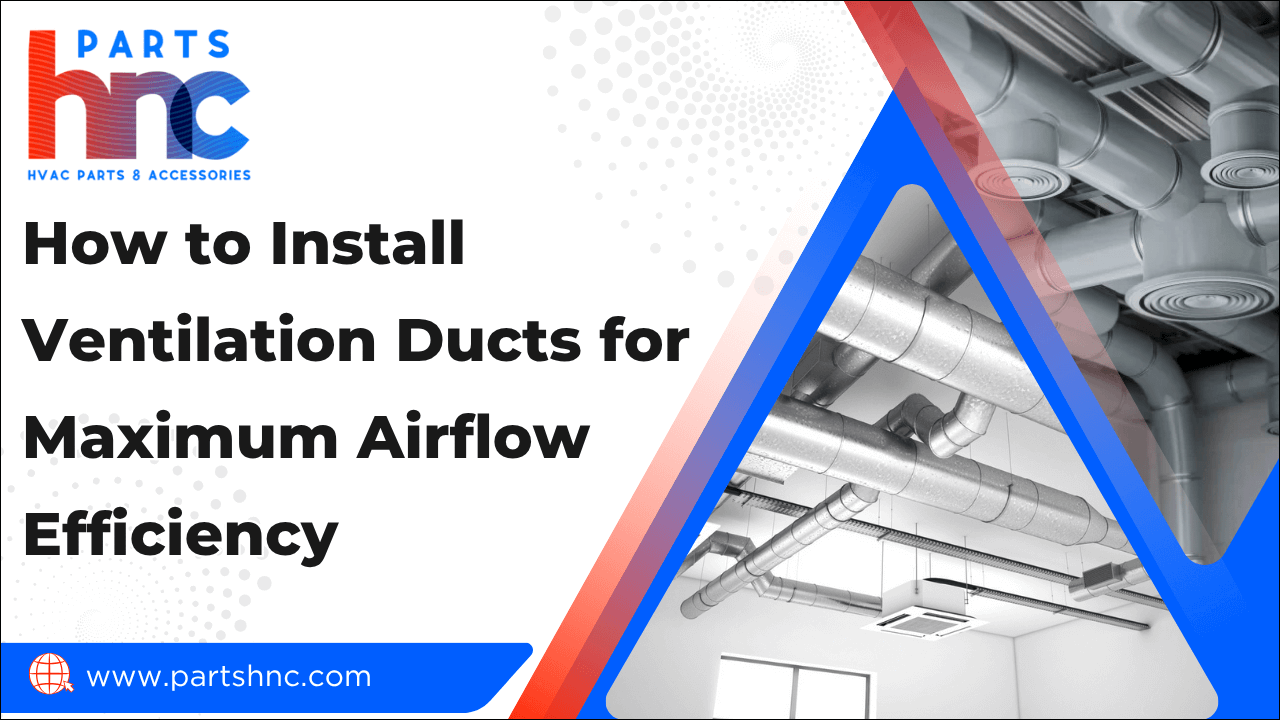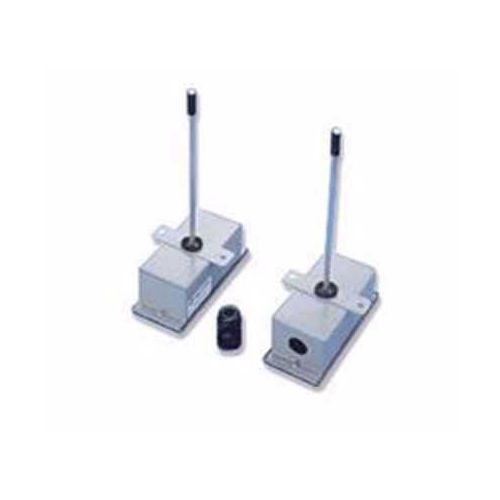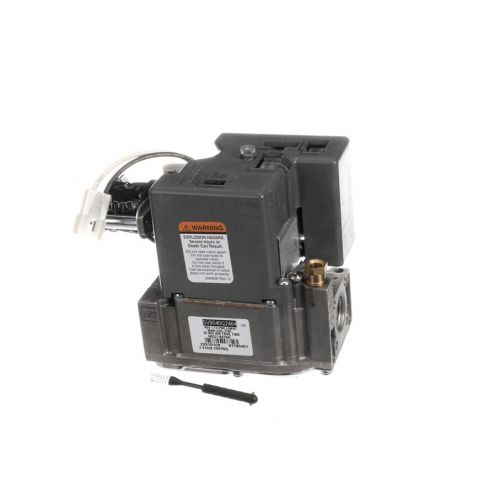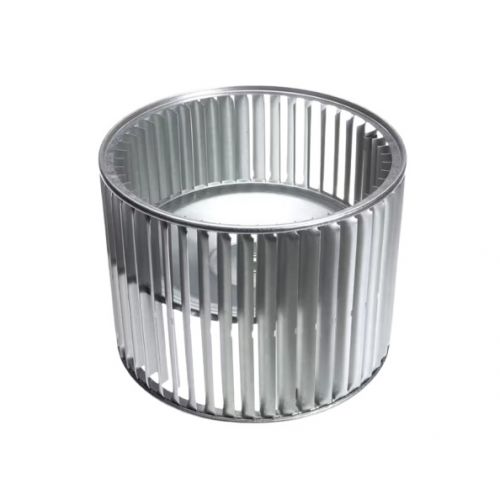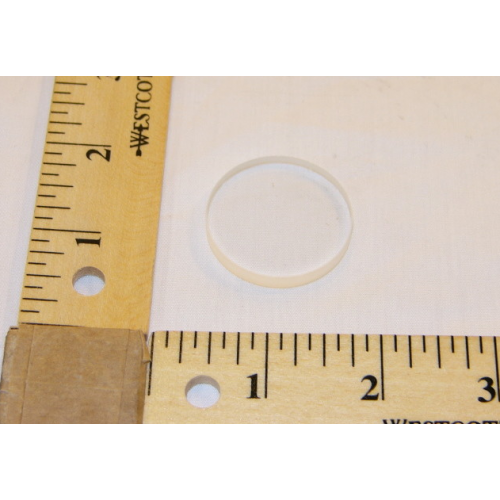How to Install Ventilation Ducts for Maximum Airflow Efficiency
Proper installation of ventilation ducts is crucial for ensuring maximum airflow efficiency, which directly impacts indoor air quality and energy savings. Whether you’re working on a new construction project or upgrading an existing HVAC system, understanding the best practices for duct installation can help prevent common issues like air leaks, pressure drops, and uneven airflow distribution. This guide will walk you through the essential steps to install ventilation ducts effectively, covering key considerations such as duct sizing, layout design, material selection, and sealing techniques. By following these recommendations, you can optimize your ventilation system’s performance, reduce energy costs, and create a healthier, more comfortable living or working environment.
Why Proper Ventilation Duct Installation Matters for Airflow Efficiency
Proper ventilation duct installation is essential for achieving optimal airflow efficiency in any building. When ducts are installed correctly, they ensure that air moves smoothly and evenly throughout the space, preventing issues such as uneven temperature distribution, poor air quality, and wasted energy. Improper installation can lead to air leaks, causing the HVAC system to work harder to maintain the desired temperatures, which in turn increases energy consumption and utility bills.
What is Ventilation Ducts?
Ventilation ducts are passages or tubes that deliver and remove air within a building, ensuring proper airflow and air quality. They help regulate temperature, remove pollutants, and maintain a comfortable indoor environment.
Key Reasons Why Proper Duct Installation Matters:
-
Prevents Air Leaks: Reduces energy waste and lowers utility bills by maintaining efficient airflow.
-
Avoids Pressure Imbalances: Ensures even airflow distribution, eliminating stuffy or drafty rooms.
-
Protects HVAC Equipment: Minimizes strain on heating and cooling systems, extending their lifespan.
-
Optimizes Duct Sizing and Routing: Maximizes airflow efficiency throughout the building.
-
Reduces Noise: Limits air turbulence and vibrations for a quieter indoor environment.
-
Improves Indoor Air Quality: Supports better filtration by reducing dust, allergens, and pollutants.
Investing time and care into proper ventilation duct installation enhances comfort, lowers energy costs, and promotes a healthier living or working space.
Looking to install ventilation ducts for maximum airflow efficiency? PartsHnC offers top-quality parts from trusted brands like Honeywell, York, and Lennox to help you get the job done right. Find durable HVAC bearings, flexible HVAC ducts, and air louvers all designed to boost your system’s performance and comfort.
Key Factors to Consider Before Installing Ventilation Ducts
Before installing ventilation ducts, it’s crucial to plan carefully to ensure long-term efficiency and performance. Several technical and practical factors influence airflow, energy use, and comfort. Considering these key elements upfront helps avoid costly mistakes in the long run.
-
Duct Sizing: Choose the right size to avoid airflow restrictions or pressure loss. Proper sizing ensures balanced air distribution and reduces strain on HVAC equipment.
-
Duct Layout and Design: Plan a direct pathway with minimal bends and turns to reduce airflow resistance. Strategically place ducts to avoid obstacles and minimize noise caused by air turbulence.
-
Vent Locations: Ensure vents are adequately placed in each room to maintain consistent airflow and comfort.
-
Material Choice: Select from flexible ducts, sheet metal, or fiberglass-lined ducts based on durability, cost, and insulation needs. Insulated ducts help prevent energy loss and condensation.
-
Sealing and Insulation: Use mastic sealant or metal tape on duct joints to prevent air leaks and maintain temperature control, enhancing energy savings.
-
Compliance with Codes: Follow local building codes and standards to ensure safety and optimal system performance.
-
Fire Safety Considerations: Use fire-rated duct materials where required, especially in multi-story or commercial buildings.
-
Zoning Requirements: Consider zoned duct systems for larger buildings to allow independent temperature control in different areas.
-
Noise Reduction: Install vibration isolators or acoustic lining in high-velocity ducts to reduce operational noise.
Considering these factors before installation will lead to a more efficient, durable, and comfortable ventilation system.
Steps on How to Install HVAC Ventilation Ducts
Installing ventilation ducts correctly is key to ensuring efficient airflow and a comfortable indoor environment. Follow the steps below to achieve a smooth and effective HVAC ventilation duct installation process.
Step 1: Plan and Design
Begin by assessing your space and creating a detailed duct layout. Decide on the correct duct sizes, routes, and vent placements based on airflow needs.
Step 2: Gather Materials and Tools
Collect all necessary materials, including ducts, connectors, sealants, and insulation. Make sure you have essential tools like screwdrivers, metal snips, and measuring tape on hand.
Step 3: Cut and Prepare Ducts
Measure and cut the duct sections to the required lengths carefully. Smooth any sharp edges to avoid damage or injury during installation.
Step 4: Install Main Duct Trunk
Secure the main duct trunk along the planned path using hangers or straps. Ensure it is level and properly supported to maintain stability.
Step 5: Connect Branch Ducts
Attach branch ducts to the main trunk using appropriate connectors. Keep transitions smooth to minimize airflow resistance.
Step 6: Seal Joints
Apply mastic sealant or metal tape on all duct joints and connections. This prevents air leaks and improves the overall efficiency of the system.
Step 7: Insulate Ducts
Wrap ducts with insulation material, especially in unconditioned spaces. This helps reduce energy loss and prevents condensation.
Step 8: Install Vents and Registers
Install vents and registers at the designated locations throughout the space. Make sure they are secured properly for effective air distribution.
Step 9: Test the System
Turn on your HVAC system and check the airflow at each vent. Make adjustments if needed to ensure balanced and efficient airflow.
By following these steps carefully, you can ensure your ventilation system operates efficiently and effectively.
Check out our detailed guide on common problems with air ventilation to understand key issues, learn preventive tips, and keep your HVAC system running efficiently.
Choosing the Right HVAC Ventilation Duct Materials and Sizes
Selecting the appropriate ventilation duct materials and sizes is crucial for efficient airflow and system performance in HVAC and ventilation projects. The choice depends on factors like the application, environment, and budget.
Duct Materials: Duct materials are essential components in HVAC systems, chosen for their durability, insulation, and airflow efficiency. Selecting the right material helps ensure optimal performance and longevity in various environmental conditions.
Common duct materials:
-
Galvanized Steel: Strong and durable, ideal for long-lasting HVAC systems. Resistant to corrosion and commonly used in both residential and commercial setups.
-
Aluminum: Lightweight and rust-resistant, making it suitable for moist environments. Easy to handle and install in tight spaces.
-
Flexible Ducts: Easy to install and perfect for connecting vents in confined areas. However, they can kink and reduce airflow if not properly supported.
-
Fiberglass Duct Board: Provides good insulation and noise reduction for quieter operation. Requires maintenance to avoid fiber degradation and dust buildup.
-
PVC or Plastic Ducts: Highly resistant to corrosion, ideal for exhaust and chemical venting applications. Lightweight and easy to customize for specific needs.
Duct Sizes: Ventilation duct sizes play a crucial role in maintaining proper airflow and system efficiency in HVAC installations. Correct sizing ensures balanced air distribution, energy efficiency, and indoor comfort.
Proper duct sizing ensures optimal airflow and energy efficiency:
-
Undersized Ducts: Restrict airflow, causing higher energy use and increased equipment wear.
Oversized Ducts: More costly and may reduce air velocity, negatively impacting system efficiency. -
Sizing Methods: Typically based on airflow requirements (CFM) and industry standards like Equal Friction or Static Regain.
Choosing the right materials and sizes not only improves system performance but also enhances energy efficiency, indoor air quality, and occupant comfort.
Common Mistakes to Avoid During HVAC Ventilation Duct Installation
Proper duct installation is essential for an efficient ventilation system, but several common mistakes can compromise performance and comfort:
-
Improper Duct Sizing: Using ducts that are too small restricts airflow and increases energy bills, while oversized ducts cause low air velocity and uneven air distribution.
-
Poor Sealing of Joints and Connections: Leaks allow conditioned air to escape, reducing efficiency and raising costs. Always use mastic sealant or metal tape for airtight seals.
-
Excessive Bends and Long Duct Runs: Too many turns or lengthy paths increase airflow resistance, so aim for a direct and streamlined duct layout.
-
Inappropriate Duct Materials: Using the wrong materials or failing to properly support flexible ducts can cause kinks or sagging, restricting airflow.
-
Skipping Insulation: Failing to insulate ducts in unconditioned spaces leads to energy loss and potential condensation problems.
-
Incorrect Placement of Vents and Registers: Placing vents too close to walls or furniture can obstruct airflow, reducing effectiveness.
-
Neglecting System Testing and Balancing: Without proper testing, some rooms may remain under-ventilated or drafty, affecting comfort and efficiency.
Avoiding these mistakes will improve your ventilation system’s performance, reduce energy consumption, and promote a healthier indoor environment.
Check out this guide on the top ten air vent covers to solve common HVAC issues and optimize your setup.
How to Maintain HVAC Ventilation Duct Efficiency After Installation
Maintaining duct efficiency after installation is key to ensuring your HVAC system runs smoothly and saves energy. Regular care prevents airflow issues, reduces costs, and keeps your indoor air quality healthy.
-
Conduct Regular Inspections: Perform inspections at least once a year to identify leaks, disconnected joints, or damaged insulation. Catching problems early helps prevent energy loss and costly repairs later on.
-
Seal Leaks or Gaps: Use mastic sealant or metal tape to seal leaks and gaps, ensuring your ducts are airtight. Proper sealing boosts airflow efficiency and reduces unnecessary energy waste.
-
Clean Ducts Every 3 to 5 Years: Schedule duct cleaning every few years to remove dust, mold, and debris that can block airflow. This is especially important in homes with pets, smokers, or after renovations to maintain healthy air quality.
-
Maintain Air Filters: Replace or clean air filters every 1–3 months based on usage and environment. Keeping filters clean improves airflow, reduces HVAC strain, and enhances indoor air quality.
-
Keep Vents and Registers Unobstructed: Avoid blocking vents and registers with furniture, rugs, or curtains. Clear airflow prevents pressure imbalances, improves efficiency, and maintains even temperatures throughout your home.
-
Insulate Ducts in Unconditioned Spaces: Insulate ducts located in attics, basements, or other unconditioned areas to prevent heat loss or gain. Proper insulation keeps air temperature consistent and lowers energy bills.
To achieve maximum airflow efficiency when installing ventilation ducts, careful planning and attention to key factors such as proper duct sizing, material selection, layout design, and thorough sealing are essential. Ensuring ducts are correctly sized and laid out with minimal bends reduces resistance and energy loss, while choosing durable, well-insulated materials helps maintain consistent airflow and temperature control. Additionally, sealing all joints properly prevents leaks that can compromise system performance. By following these best practices, you can optimize your ventilation system’s efficiency, enhance indoor comfort, reduce energy costs, and extend the lifespan of your HVAC equipment.
FAQs
How to clean ventilation ducts?
To clean ventilation ducts, use a vacuum with a long hose attachment to remove dust and debris, and consider hiring a professional for deep cleaning. Regular cleaning helps improve indoor air quality and system efficiency.
How do I increase airflow in my ductwork?
Increase airflow by sealing leaks, removing obstructions, and ensuring vents and registers are fully open. Upgrading to a more powerful blower fan or resizing ducts can also enhance airflow.
How to calculate airflow through a duct?
Airflow is calculated by multiplying the duct’s cross-sectional area by the air velocity inside it (Q = A × V). Use tools like an anemometer to measure velocity and duct dimensions to find the area.
How to install a ventilation duct?
Plan the duct layout for efficient airflow and minimal bends, then securely fasten ducts using brackets and seal joints with mastic or metal tape. Ensure ducts are insulated if running through unconditioned spaces to prevent energy loss.


